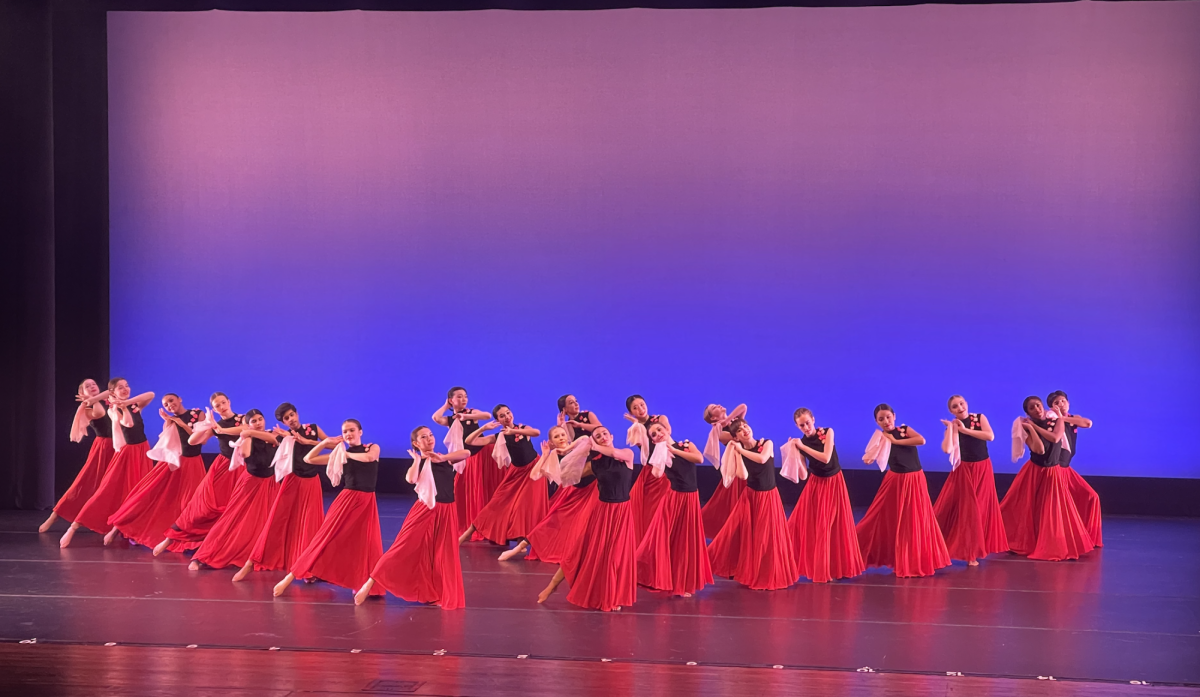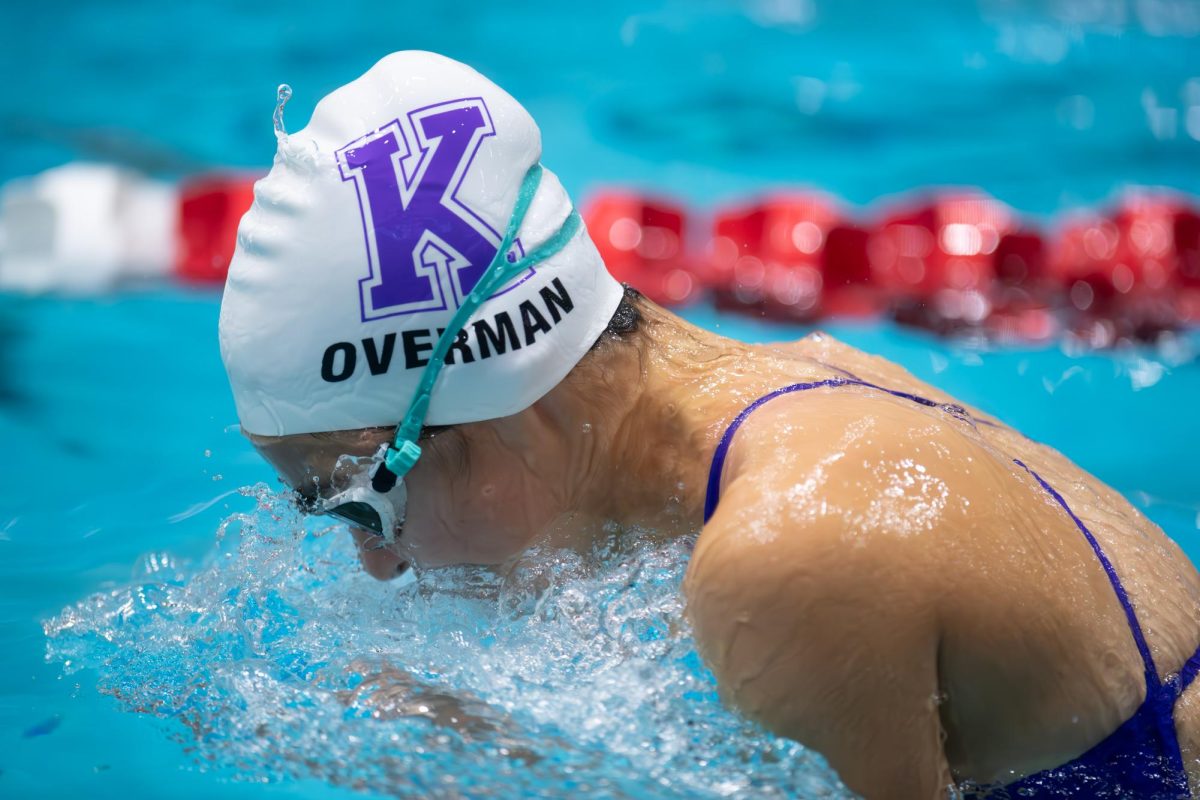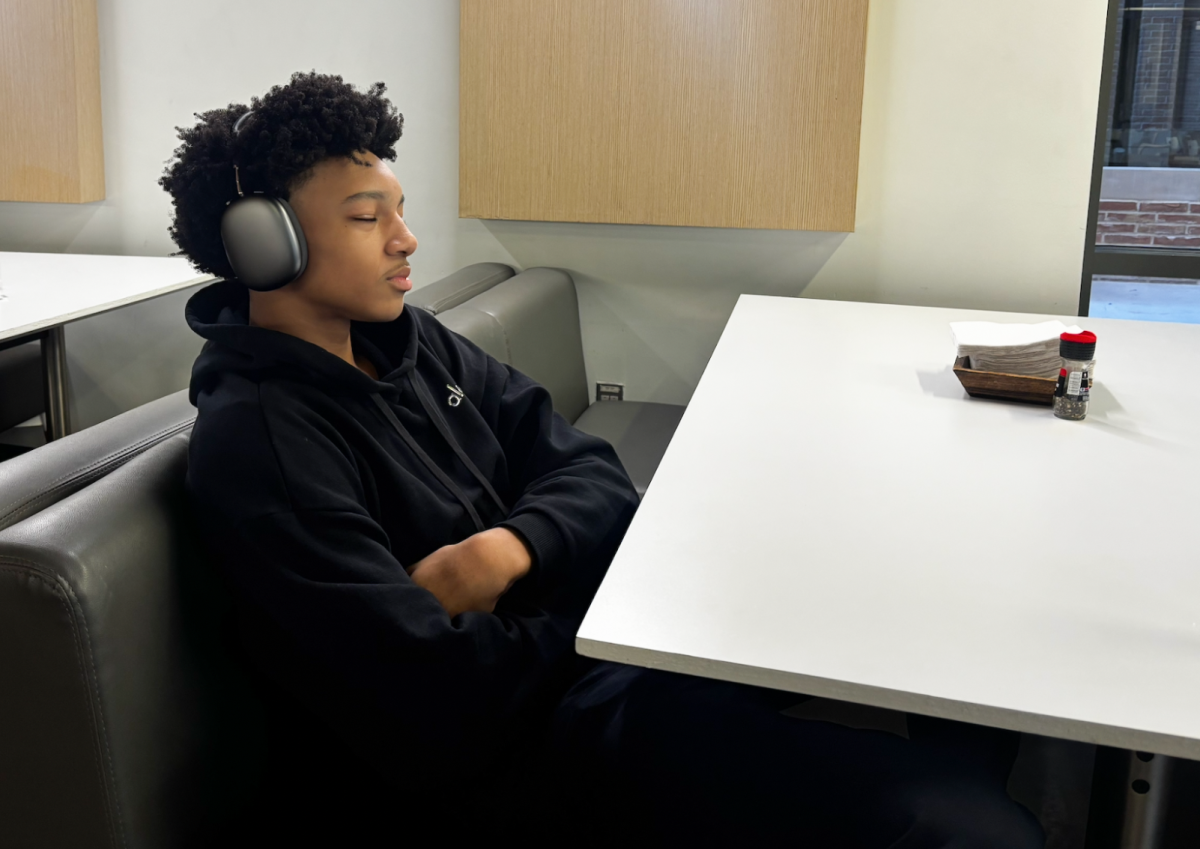[dropcap]W[/dropcap]hat distinguishes Kinkaid from other schools in the city—St. John’s academics, or HSPVA’s arts—is our pride in giving equal value to all of the “Three As”: academics, athletics, arts. This philosophy outlines the values Kinkaid strives to instill in each student. Our school is one of the most academically rigorous in the city. The gleaming trophies in our trophy hall showcase the power of Kinkaid sports teams over the years. Our dancers, actors, artists, photographers, debaters and writers continue to win awards and honors at the highest levels each year.
But how equal are the priorities dedicated to each of the “Three As”? In order to graduate, a student must participate in six seasons of sports, which equates to two entire years of sports, yet only complete one year of art to fulfill the single arts credit requirement. This unbalance in graduation requirements seems at odds with our school’s “Three As” philosophy. From a requirements standpoint, it seems to me that the importance and relevance of athletics is stressed over the arts.
Most people don’t compete in sports for the trophies or a shot at an athletic scholarship. They compete because they are participating in something they love, and the lessons they learn from these teams can help them in the real world. Participating in team sports can teach athletes cooperation, sportsmanship, hard work, and commitment. Perhaps most importantly, it can impart good habits to students: how to live a healthy lifestyle and exercise regularly. Even if the student does not continue on to become a professional athlete, the experience can lead to lifelong habits of exercise.
However, what we learn from exposure to and engagement in art is equally significant, as it teaches skills that can be used not only in the arts but also in personal life. Art teaches creativity. It teaches patience, perseverance, determination, and the power of self-expression, an act that can be meditative and de-stressing. It can help you discover your own potential, what you are capable of doing, and who you are as an individual. Fine arts teach you that an idea can change and that adaption to the changes is beneficial—and not to beat yourself up about it. Art teaches you to be yourself; it helps grow your voice, then teaches you how to articulate your own opinion and support it. It teaches you how to solve problems and how to think critically and creatively. It teaches the importance of process.
Last year, 92 percent of students were enrolled in more than one Fine Arts course. Among the Senior Class of 2014, an average of four arts credits was earned upon graduation. So there is a majority of students who are already exceeding the art requirement—a lot of students who are interested or dedicated to pursuing it beyond the one art requirement. Should the graduation requirements be raised to reflect the “Three A’s” philosophy?
I read the Student Handbook to see if it would shed light on the six seasons of athletics requirement. It states, “the development of a strong body is harmonious with the development of a strong mind and a strong heart.”
Dr. Clay Anderson, who teaches Physics and coaches boys cross country, said that he fully supports the sports credit.
“No matter what endeavors you are involved in—writing, art, math, science—physical health underlies those efforts. Physical activity is a habit, part of a lifestyle,” said Dr. Anderson.
I agree with the importance of teaching students to live a healthy and active life. As I continued to talk to students about this subject, it seemed like it wasn’t so much that students were upset about having two years of sports—just frustrated that there isn’t an equal number of credits dedicated to art. I’m not advocating for lowering the sports credit, but the opportunity to devote equal time and attention to pursuing both arts and athletics, on top of my academic career.
“I think what’s unfair is that you only need one arts credit to graduate. It will probably take more than that one class to really invest yourself in that art,” said Harrison Poe (12).
“If you want to really put time into art, you may want that after-school time open to do more artistic things.” Tessa Perusquia (11) commented, “The rules are favoring athletes over artists.”
Louise Stephens (11), a three-season varsity sport athlete, said that she agrees with the sports requirement “because you need to devote yourself to other things besides school, and someone might actually enjoy something that they wouldn’t have tried if it wasn’t required.”
It goes both ways: a student who is heavily interested and invested in sports might discover another, true passion for an art if given the opportunity to explore it. And I’m not sure a single credit allows for sufficient exposure and range of exploration. In past years, students involved in both arts and sports have had trouble scheduling their school days. Allison Reynolds (12) explained, “I’m directing the One Acts, and we are having a problem pulling students because if you are doing a winter sport, you are not allowed to do the One Acts.”
There is an athletic hall depicting all of the four-year varsity athletes, but there is no such “art hall of fame” despite the fact that a significant number of students matriculate to some of the most prominent art universities, colleges, and institutions in the country. The time, effort, and practice it takes to excel in art is the same that is demanded of student-athletes. Yes, there are galleries that showcase student artwork throughout the year, but these galleries are taken down after the show has concluded. And what about all of the actors, singers, and dancers? Could the years of their dedication and accomplishments be better showcased?













